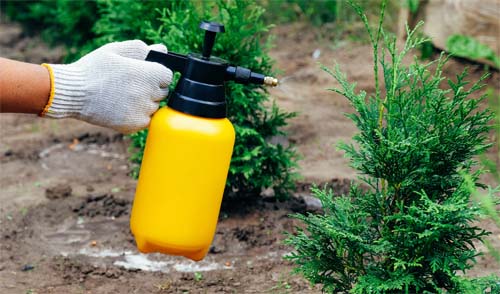Safe-killer is a professional manufacturer and supplier of insecticides and pest control equipment. It integrates research, development, production and international trade. Our product development aims at efficiency, environmental protection, safety and ease of use. Our insecticide products contain pyrethroids, imidacloprid, and indoxacarb. Pyrethroids such as tetramethrin, permethrin and bifenthrin are widely used in our products, as well as high efficiency and low toxicity insecticides such as Imidacloprid and Indoxacarb. They are effective in killing and controlling pests in many indoor and outdoor environments such as homes, offices, restaurants, food processing enterprises, building facilities and gardens. Our pest control equipment makes full use of solar energy, ultraviolet, high-frequency current and other methods to attract, kill and centrally dispose pests in a variety of environments. They include Bug Zappers & Light Traps, Yellow Sticky Glue Traps, Humane & Live Animal Traps, and Reusable Ranch Fly Traps. These products can be widely used for pest killing and control in agriculture, forestry, vegetable planting, tobacco, storage, brewing, garden, orchard, urban greening, aquaculture and other industries and fields.




